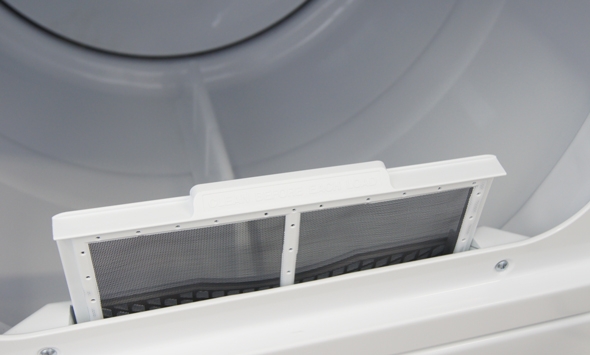Even if you’ve been washing your clothes for years and think you know how to do laundry, these common slip-ups can cause unnecessary damage to fabrics, fit, and more.
Don’t just sort lights and darks clothing
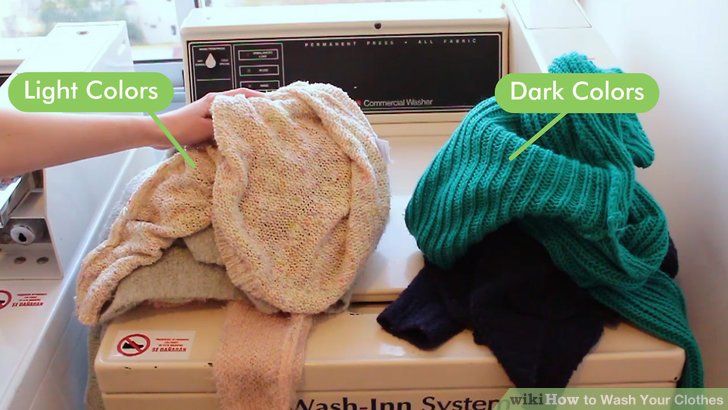
The more you sort the laundry, the fresher your clothes. Separate very dirty or muddy clothes apart from lightly soiled pieces, and heavy or abrasive fabrics like denim from more delicate ones. (For denim, turn inside out, wash in cold water on a gentle cycle, and dry at a low temperature to prevent fading.) To prevent sheets from twisting, wash each set separately instead of the whole family’s at once, and include smaller items like underwear in the load. The items help prevent twisting because they have different tumble patterns.
Don’t put detergent directly on your clothes.

Believe it or not, there’s a right and wrong way to load the washing machine. Real Simple says that for best detergent distribution (read: cleaner clothes), place laundry in first, then add water, and lastly add soap. However, if you’re using bleach, add water first, then clothes, and then soap.
Don’t abuse your dryer.
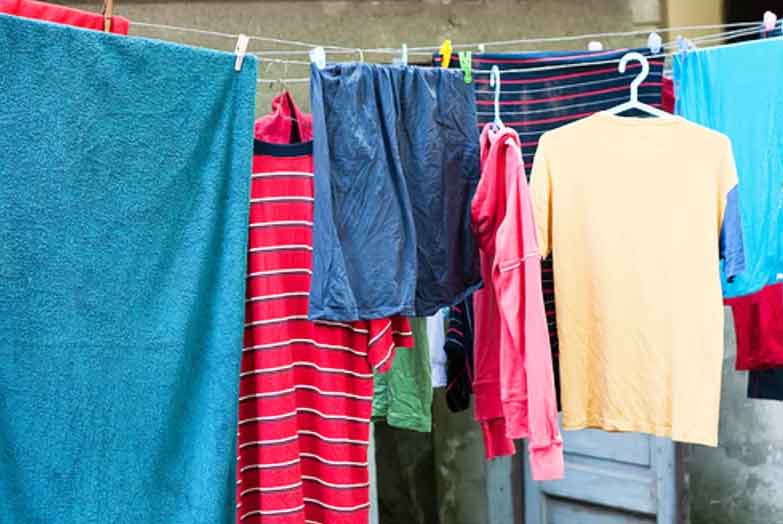
If you have time to air dry, do it. Not only do you save energy by not running the dryer, it’s gentler on delicate items and helps stretchy clothing, like yoga pants, to keep their shape. Whenever you do tumble-dry, don’t overload the dryer, or over-dry fabrics. Then fold or hang them immediately to prevent wrinkles.
Don’t mix socks with clothes.
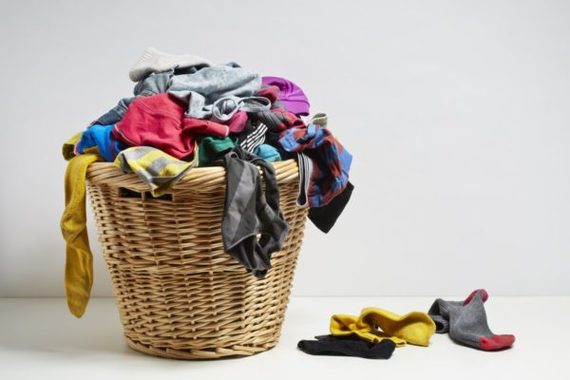
Tired of losing one less sock every time you do a load? Try placing socks in the washer first, then adding everything else. This makes them less likely to attach to other garments, which often causes them to go missing.
Don’t leave zippers open.
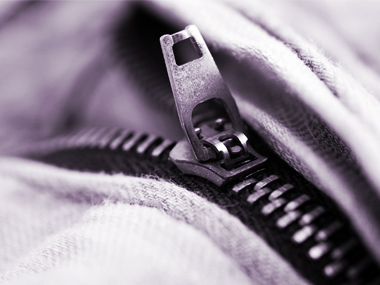
Loose zippers can snag delicate clothing, as well as scratch the doors of front-loading washers. Make sure they’re all the way up before you toss in the machine. Also, unclipped bras can pull fabrics or damage the drum if they fly around loose. Invest in lingerie bags or an old pillowcase as a solution.
Don’t forget a quick “bleeding” test.
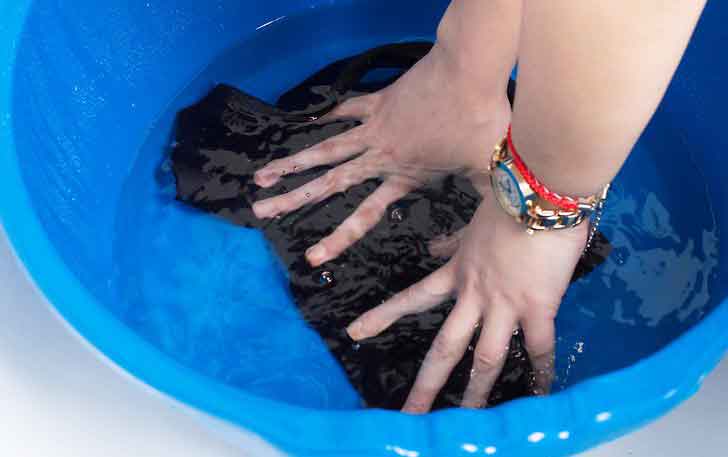
If you’re worried about that new red shirt the first time you wash it, do this easy test to find out before a mess happens. “Dampen a discreet spot, then blot it with a white cloth to see if the dye bleeds. If so, wash the item on its own until the color stops running,”
You can also check to see if an article of clothing is colorfast by placing it in a bucket or sink of soapy water. Let it soak for about 30-minutes and then check back. If the color of the water has changed, the garment is not colorfast.
Don’t skip the filter and hose when clearing the lint trap.
